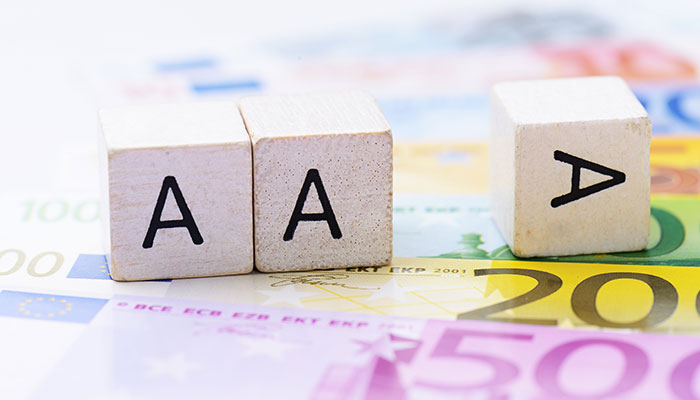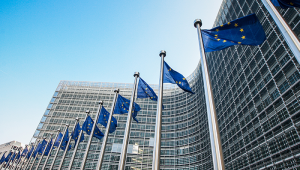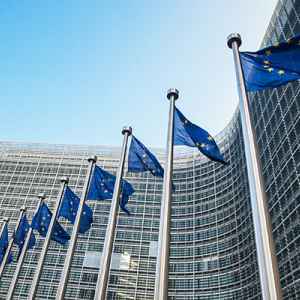web_creditrating_istock-174940027.jpg

Image © iStock
S&P Global Ratings believes that its ratings on social housing providers (SHPs) will remain at a relatively high level and predominantly stable in 2022, following a year in which central governments’ fiscal response such as job support schemes lessened the impact of the global Covid-19 pandemic and related lockdowns.
Importantly, liquidity remains strong, thanks to abundant bond issuance over the past year, together with solid access to bank lines in the UK and borrowings below market rates and grant funding in the other regions.
In our view, the main challenge for the sector over the next few years will be to balance the debt-funded development of new homes with the need to invest in existing stock.
While we consider that rents are likely to increase, meaning higher revenue for the SHPs, we forecast that costs will rise with inflationary pressure and the need to enhance the quality of the homes, in view of many governments’ focus on asset quality, building standards, and the green agenda.
We forecast that the aggregate S&P Global Ratings-adjusted EBITDA would modestly improve, but that higher debt and hence interest costs would result in only a modest strengthening of the interest coverage.
We rate SHPs in the UK, the US, Sweden, Australia, France, Israel, Canada, Germany, the Netherlands, and New Zealand, and during the past year we have seen additional ratings in the UK and Germany, as well as France and the US.
We consider that the sector will retain its strong creditworthiness over the next year.
There are only two SHPs rated in the ‘BBB’ category, while 20 are rated in the ‘AA’ category.
Eight ratings have a negative outlook, indicating that we may lower the ratings over the next 12-24 months, but we consider that six of them are rated ‘A’ or higher, and are therefore likely to remain in the ‘A’ category.
The sector proved its resilience to economic volatility during the pandemic, with revenue holding up throughout.
We saw a significant but temporary improvement in profitability and debt service metrics as spend was scaled back.
Capitalised and expensed maintenance spending was delayed, and we forecast that these investments will have ramped up after the pandemic-related lockdown was eased.
We note the focus on the quality of assets globally, whereby SHPs must invest in their properties to enhance building safety, and to meet energy efficiency targets set by central governments.
We expect that to cater to increased investment in existing assets, while developing affordable homes, SHPs will continue to capitalise on low interest rates and obtain external financing, as evidenced by the amount of capital market issuance so far in 2021.
We therefore anticipate that leverage will continue to increase in many countries, especially for SHPs that operate in jurisdictions where governments don't provide large grant funding.
As we expect debt burdens to remain elevated, we think it will be important that the management and governance practices remain sound, to ensure solid cash flow generation and debt service as well as the long-term viability of SHPs.













